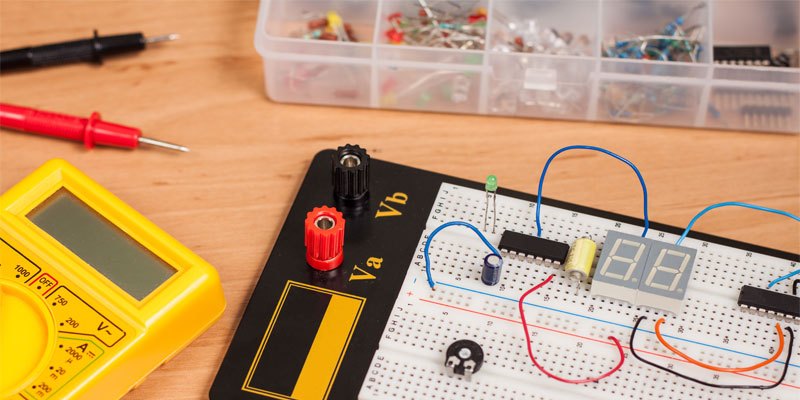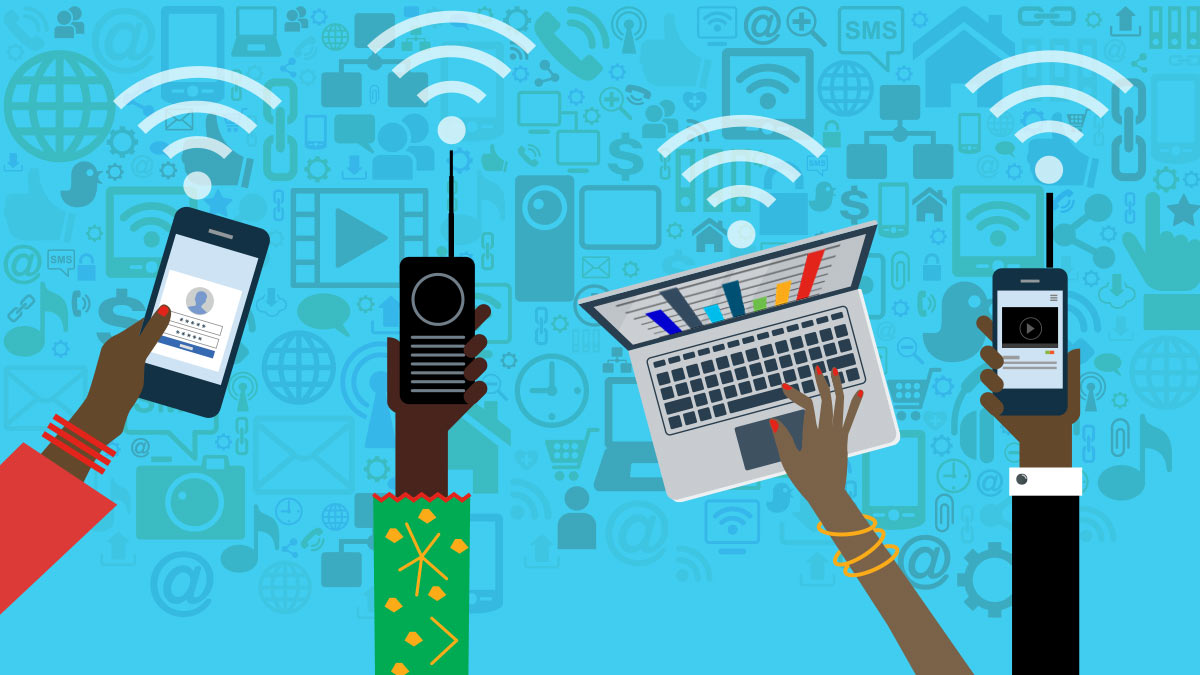What are the top 10 advancements in the field of autonomous drones and their applications in delivery, surveillance, and inspections?
1. Sense and Avoid Technology: One of the most significant advancements in autonomous drones is the development of sense and avoid technology. This allows drones to detect and avoid obstacles, ensuring safe navigation during delivery, surveillance, and inspections.
2. Artificial Intelligence (AI) and Machine Learning: AI and machine learning algorithms enable autonomous drones to make quick decisions on their own. These technologies help drones analyze and interpret data in real-time, improving their efficiency and accuracy during delivery, surveillance, and inspections.
3. Computer Vision: Computer vision enables drones to understand and perceive their environment, helping them identify objects and navigate through complex scenarios. This advancement is crucial in autonomous delivery systems to accurately identify targets and deliver packages.
4. GPS and Navigation Systems: GPS technology has played a vital role in enabling accurate navigation for autonomous drones. Coupled with advanced navigation systems and mapping software, drones can autonomously chart their path during delivery, surveillance, and inspections.
5. Battery Technology: Advancements in battery technology have significantly increased the flight time and payload capacity of drones. Longer flight durations allow drones to cover more ground, making them more efficient for delivering goods, conducting surveillance, and performing inspections.
6. Collaborative Swarms: Researchers are working on developing autonomous drones that can work collaboratively in swarms. These swarms can divide tasks among themselves, such as searching and inspecting large areas, making surveillance and inspection operations faster and more efficient.
7. Package Drop-off Systems: Autonomous drones now have the ability to precisely drop packages at specific locations, even in difficult-to-reach areas. This capability is crucial for autonomous delivery drones, allowing them to deliver packages without human intervention.
8. Thermal Imaging and Sensors: Drones equipped with thermal imaging cameras and sensors are increasingly being used for surveillance and inspection purposes. These sensors enable the detection of heat signatures, making them suitable for applications such as search and rescue operations, infrastructure inspections, and monitoring of wildlife.
9. Emergency Response: Autonomous drones are being utilized in emergency response scenarios such as natural disasters or accidents. Drones equipped with cameras and sensors can quickly assess the situation, gather data, and even deliver emergency supplies to affected areas.
10. Increased Payload Capacity: Drones are now capable of carrying heavier payloads, expanding their applications in various industries. With higher payload capacity, drones can deliver larger packages, transport medical supplies, or carry advanced surveillance equipment for precise inspections.





